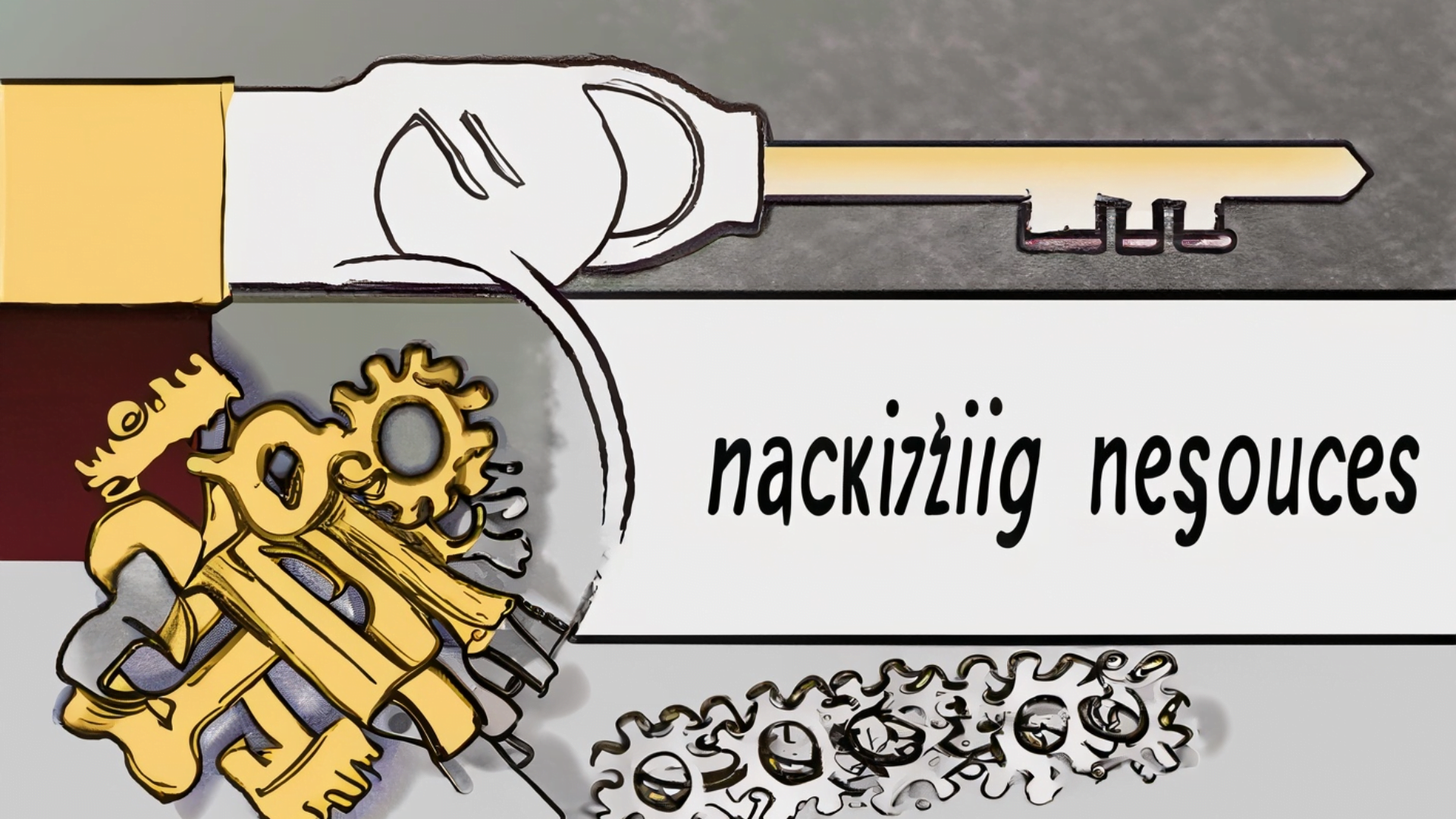In our dynamic world, Maximizing Resources: The Key to Efficiency is more crucial than ever. Whether it’s at home, in business, or within communities, making the most of what we have can lead to significant benefits. Let’s explore why resource utilization matters and how we can leverage it effectively.
Introduction
Resource utilization refers to the strategic management of available resources to achieve optimal efficiency and productivity. These resources can be tangible, such as raw materials and technology, or intangible, like time and skills. Efficient utilization involves minimizing waste and maximizing output, which is vital for sustainability and growth.
Why Resource Utilization Matters
- Environmental Sustainability: By using resources efficiently, we reduce waste and environmental impact. This approach aligns with sustainable practices, helping preserve natural resources for future generations.
- Cost Savings: Efficient resource management translates to lower costs. Whether it’s reducing energy consumption or optimizing production processes, minimizing waste leads to financial savings.
- Improved Productivity: When resources are used effectively, productivity increases. This is evident in industries where streamlined workflows and optimized processes lead to higher output with fewer inputs.
- Innovation and Growth: Resource constraints often drive innovation. When resources are scarce, businesses and individuals are compelled to find creative solutions, fostering growth and development.
Strategies for Effective Resource Utilization
- Assessment and Planning: Start by assessing your current resource usage. Identify areas of inefficiency and set goals for improvement. Create a plan outlining how resources can be better allocated and managed.
- Invest in Technology: Embrace technology that enhances resource management. From data analytics to automation, technology can optimize resource allocation and utilization across various sectors.
- Promote Awareness and Training: Educate stakeholders about the importance of resource efficiency. Offer training programs to employees on best practices for conserving resources and reducing waste.
- Collaboration and Partnerships: Engage with suppliers, partners, and communities to explore shared resource management strategies. Collaborative efforts can lead to innovative solutions and collective benefits.
Case Studies: Examples of Resource Optimization
- Toyota Production System: Toyota’s lean manufacturing principles emphasize minimizing waste (e.g., excess inventory, defects) to achieve optimal efficiency.
- Circular Economy Initiatives: Companies like Interface and Patagonia are pioneers in implementing circular economy models, where waste is reduced through recycling and reuse.
Conclusion
Maximizing resources: The Key to Efficiency is a cornerstone of sustainability and productivity. By adopting strategies to optimize resource usage, we can create a more resilient and prosperous future. Let’s commit to maximizing our resources wisely, benefiting both current and future generations.
Remember, the journey towards efficient resource utilization begins with a single step—let’s take it together.









